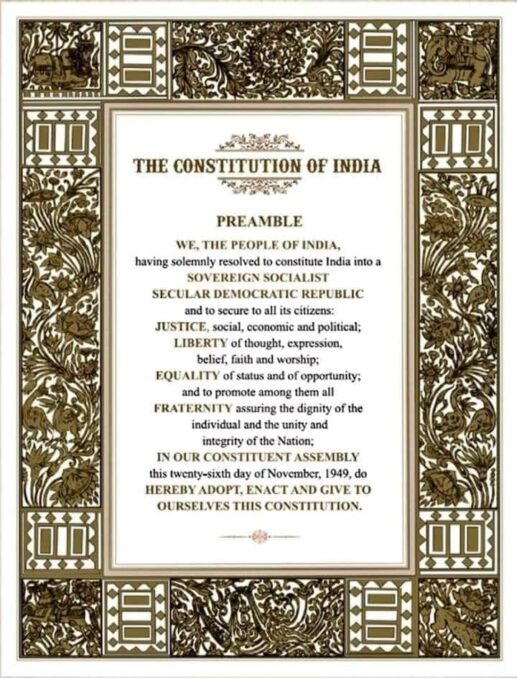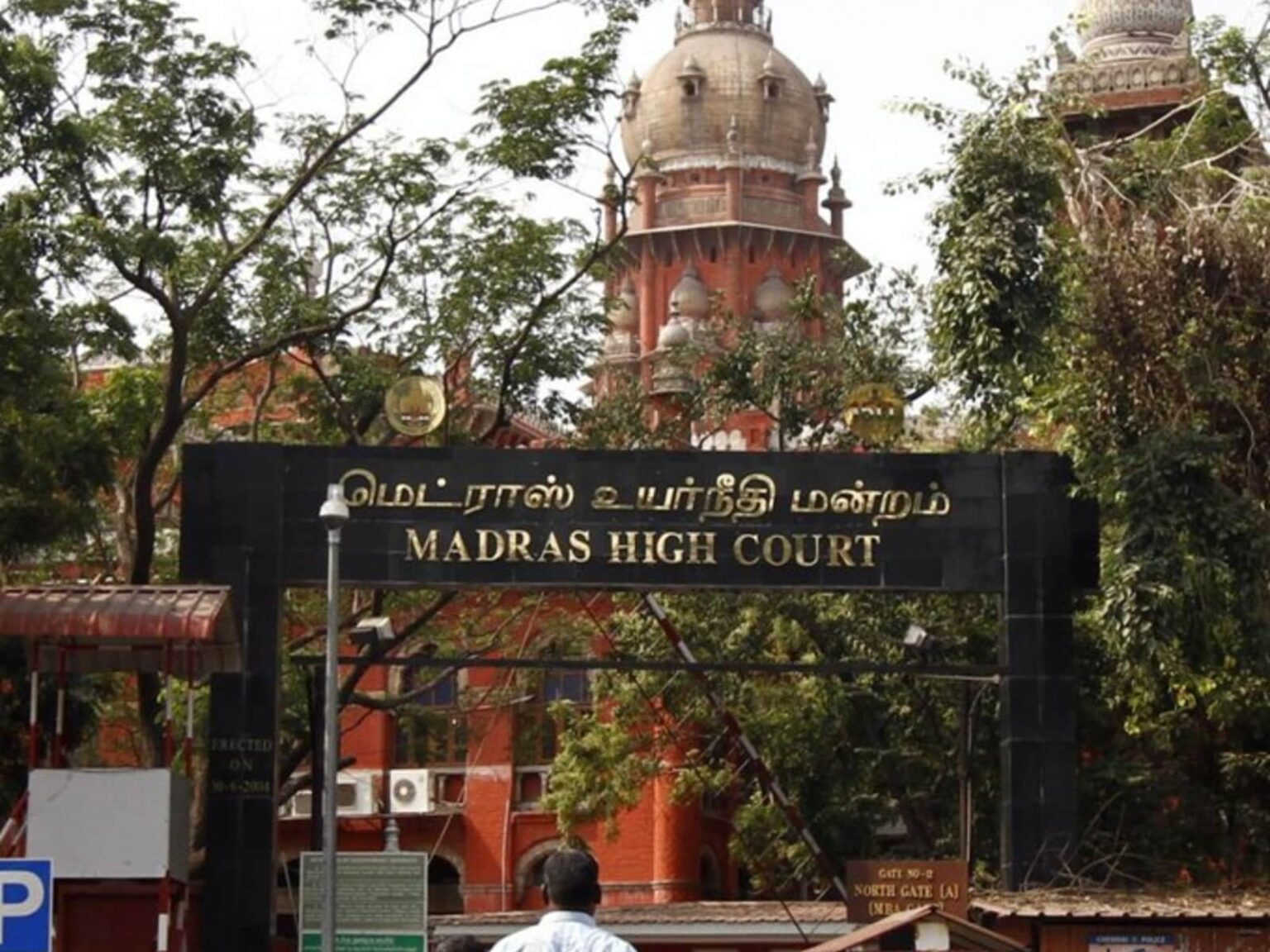Table of Contents
The High Court of Madras recently made important remarks about Article 17 of the Indian Constitution. It said that untouchability cannot be defined in narrow terms and needs to be interpreted to include the various ways in which ritual practices lead to the perpetuation of hierarchies, social ostracization, and exclusion. The remarks were made by Justice SM Subramaniam.

What was the case?
Senior Advocate Elephant G Rajendran had filed a case in the Madras High Court against the Madras Bar Association. He claimed that his son had been denied access to drinking water at the Madras Bar Association Hall. He also alleged that the association was elitist as it was trying to make getting membership difficult for ordinary practising lawyers. Thus, he argued, the Bar Association was engaging in caste discrimination.
What did the court say?
The court emphasized a broad reading of Article 17 of the Indian Constitution which prohibits untouchability in all its forms. Delivering its verdict, the court said that all practices that bore resemblance to untouchability would be said to fall under the purview of the Article and be deemed unacceptable. Any discriminatory practice having its origin in exclusionary ideas of hierarchical subordination is prohibited by the Constitution.
Although the court interpreted the actions of the Madras Bar Association as discriminatory, it termed them as class discrimination and not caste discrimination as originally claimed. It is med class discrimination when based on economic status, another facet of untouchability.
The court also noted that at the time of the drafting of Article 17, the Constituent Assembly had not allowed an amendment that reduced the scope of untouchability to only religion or caste. Thus, the court concluded that the original intent of the Constitution makers was to not reduce the scope of untouchability or to interpret it in a limited sense. The article, therefore, has to be interpreted in a broader sense.
The court also saw the Constitution as a transformative device whose provisions and articles must be interpreted to give effect to its liberating philosophy. The Constitution must be seen as a document that helps the marginalized overcome the hierarchies pervading society and secure social justice.
The court came down heavily on the Bar Association. It called out its bye-laws for enabling class discrimination by making it difficult for ordinary lawyers to become members. Hence, the court passed an order to grant membership without any discrimination.
What is Article 17 of the Constitution of India?
Article 17 of the Constitution forbids anyone to practice untouchability and makes it punishable by law.
This article was debated in the Constituent Assembly on 29 November 1948 where it was unanimously supported and adopted on the same day. Untouchability continues to be undefined both in the Constitution as well as the concerned Act. Although there were calls to define the scope of “untouchability” they were rejected and the final text of the Article reads as follows:
“Untouchability is abolished and its practice in any form is forbidden. The enforcement of any disability arising out of Untouchability shall be an offence punishable following law.”

What are the origins of untouchability and Article 17?
The discriminatory caste system of India is the main reason Article 17 was inserted in the Constitution. It is widely understood as a social practice that relegated certain individuals to an inferior status in society purely on account of their birth. It perpetuates discrimination by denying the class of people deemed untouchable some basic rights.
Historically, the members of the lower castes were viewed as “untouchables” and thus were subjected to exploitative and discriminatory practices such as not being allowed to draw water from the wells of upper caste communities, or being forced to do free labour.












